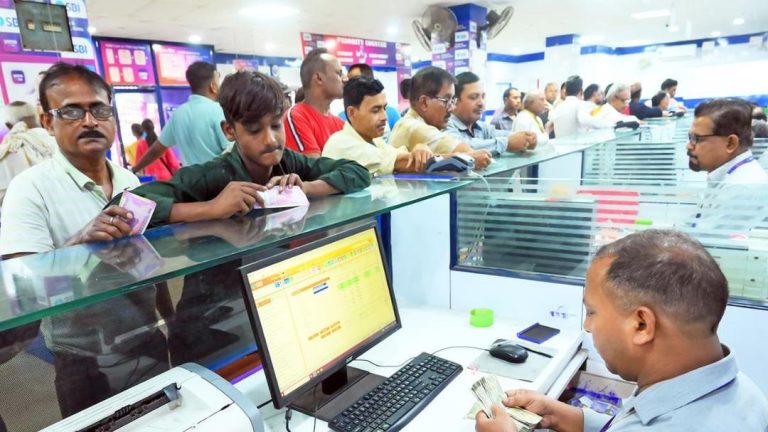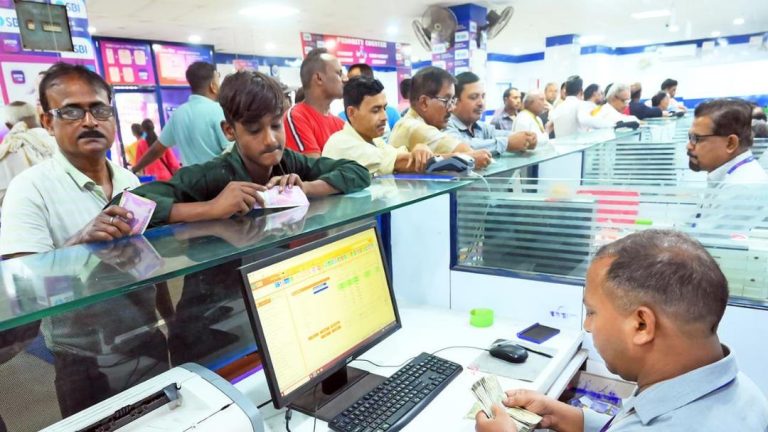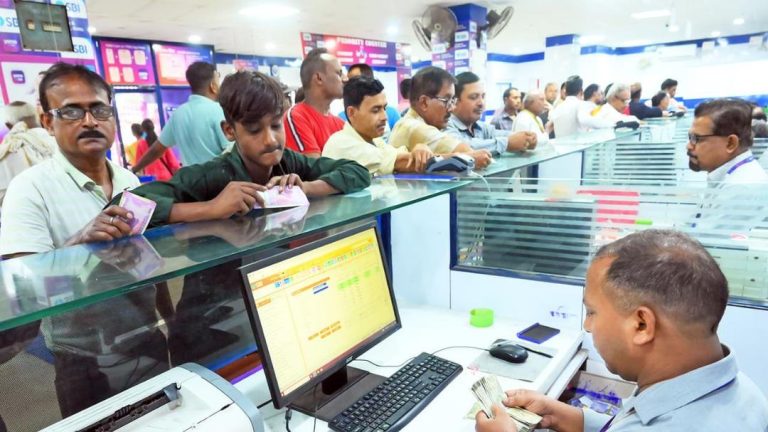
RBI’s Government Securities Holdings Jump to 14.2%: SBI Report
The Reserve Bank of India’s (RBI) share in government securities has witnessed a significant surge, rising to 14.2% in June 2025 from 11.9% last year, according to a recent report by the State Bank of India (SBI). This increase in the RBI’s holdings is a result of the central bank’s efforts to manage the yield curve and maintain liquidity in the market. The report also highlights that banks have reduced their exposure to government securities, while insurance companies have maintained a stable holding.
The RBI’s increased holdings in government securities can be attributed to its efforts to stabilize the bond market and manage the borrowing costs for the government. With heavy central and state borrowings ahead, the RBI has been actively involved in managing the yield curve to prevent a sharp spike in bond yields. The central bank’s actions have helped to keep bond yields rangebound, which is essential for maintaining the attractiveness of government securities to investors.
The SBI report also notes that banks have reduced their exposure to government securities, which is a result of the RBI’s liquidity tightening measures. The central bank’s forex interventions have led to a reduction in liquidity in the system, prompting banks to reduce their holdings of government securities. This reduction in bank holdings has been offset by the RBI’s increased purchases, which has helped to maintain stability in the bond market.
Insurance companies, on the other hand, have maintained a stable holding in government securities. This is because insurance companies are required to hold a certain percentage of their assets in government securities, which provides them with a steady stream of income and helps to match their liabilities. The stability in insurance holdings has helped to provide a counterbalance to the reduction in bank holdings and the increase in RBI holdings.
The RBI’s increased holdings in government securities have significant implications for the bond market. With the central bank holding a larger share of government securities, the market may become more sensitive to the RBI’s actions. The RBI’s decisions on interest rates and liquidity management will have a more significant impact on the bond market, which may lead to increased volatility.
The SBI report also highlights the challenges ahead for the bond market. With heavy central and state borrowings ahead, the market may witness increased supply of government securities, which could put upward pressure on bond yields. However, the RBI’s actions to manage the yield curve and maintain liquidity in the market are expected to keep bond yields rangebound.
In recent months, the RBI has been actively involved in Open Market Operations (OMO) to manage liquidity in the system. The central bank has been conducting OMO purchases to inject liquidity into the system, which has helped to stabilize the bond market. The RBI is expected to continue with its OMO operations to manage liquidity and maintain stability in the bond market.
In conclusion, the RBI’s increased holdings in government securities is a significant development for the bond market. The central bank’s actions to manage the yield curve and maintain liquidity in the market are expected to keep bond yields rangebound, despite the heavy central and state borrowings ahead. The reduction in bank holdings and the stability in insurance holdings have been offset by the RBI’s increased purchases, which has helped to maintain stability in the bond market. As the bond market navigates through the challenges ahead, the RBI’s actions will be closely watched by investors and market participants.
The RBI’s government securities holdings jump to 14.2% is a significant development, and its implications will be closely monitored by market participants. The central bank’s efforts to manage the yield curve and maintain liquidity in the market are expected to continue, which will have a significant impact on the bond market.





